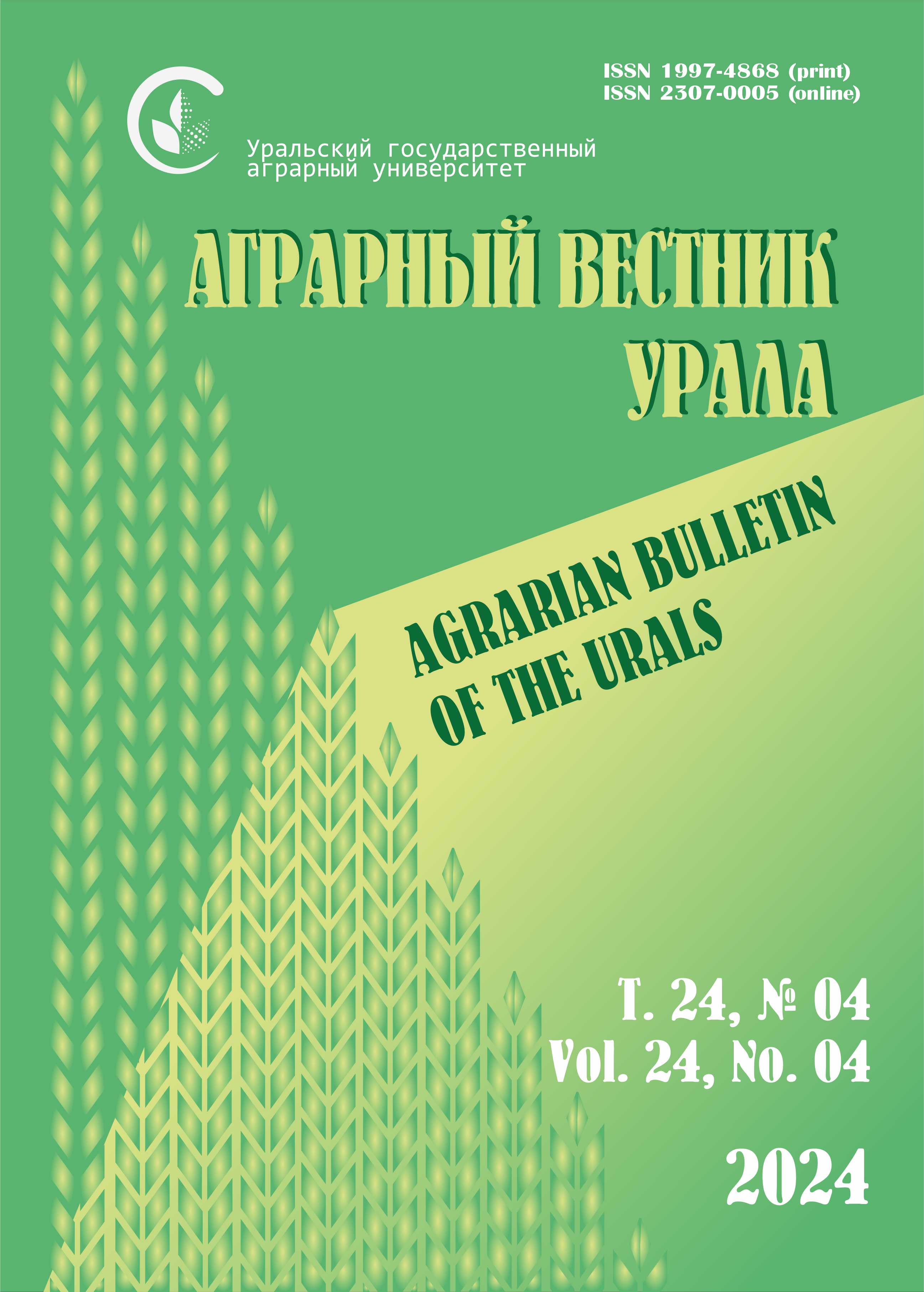Authors:
M. V. Rublyuk,
D. A. Ivanov,
O. V. Karaseva
Federal Research Centre V. V. Dokuchaev Soil Science Institute, Moscow, Russia *E-mail: This email address is being protected from spambots. You need JavaScript enabled to view it.
Abstract. The aim of the research is to study the effect of multipurpose compost on the agrochemical indicators of sod-podzolic soil and the productivity of field crop rotation in reclaimed agricultural landscapes of the humid zone. Methodology and methods of research. The studies were carried out at an experimental area in the Tver region in 2013–2019 on a drained soddy-podzolic gley soil. Multipurpose compost was applied for sowing spring wheat at a dose of 12 t/ha, which is N300P180K120. Subsequently, the aftereffect of compost on soil properties and crop productivity in the crop rotation was studied: spring wheat – spring rapeseed (for green manure) – winter rye - oats with oversowing of grasses – a mixture of 1–3 years of use. Grain crop rotation was deployed in time. Results. It was found that the level of mobile phosphorus increased by 7.4–23 %, exchangeable potassium – by 6.8–26.5 %. In areas with a low content of nutrients, the accumulation of mobile phosphorus (in the eluvial-transit variant of the northern slope) and exchangeable potassium (in the transit northern slope) increased by 23.6 and 26.5 %, respectively. On variants of the experiment with a high content of nutrients, their content decreased slightly over seven years. The amount of easily hydrolyzable nitrogen during the rotation of the crop rotation decreased by 13.4–57.2 %. The content of organic matter increased by 6.7–11.9 % (rel.). Soil acidity (pHKCl) during the rotation of the crop rotation increased by 0.03–0.23 units. The greatest acidification of the soil solution was noted in the transit-accumulative variant of the northern slope (by 0.23 units). It was found that the use of multipurpose compost contributed to an increase in crop yield on average per rotation by 1.6–13.2 c/ha of feed units. The maximum yield increase (44%) was obtained in the eluvial-transit and transit variants of the southern slope. Scientific novelty. The dependence of agrochemical indicators of sod-podzolic soil and crop productivity on the use of multipurpose compost in individual agromicrolandscapes has been established.
Keywords: agromicrolandscape, slope, multipurpose compost, soil, agrochemical indicators, crop rotation, coefficient of variation, crop productivity.
For citation: Rublyuk M. V., Ivanov D. A., Karaseva O. V. Vliyanie komposta mnogotselevogo naznacheniya na agrokhimicheskie pokazateli dernovo-podzolistoy pochvy i produktivnost’ kul’tur v meliorirovannykh agrolandshaftakh [Influence of multipurpose compost on agrochemical indicators of sod-podzolic soil and crop productivity in reclaimed agricultural landscapes] // Agrarian Bulletin of the Urals. 2021. No. 06 (209). Pp. 12‒21. DOI: 10.32417/1997-4868-2021-209-06-12-21. (In Russian.)
Download the full text of the article











